In 1852, Chebyshev proved the Bertrand’s postulate:
For any integer
, there always exists at least one prime number
with
.
You can find Erdős’ elementary proof here. In this post I would like to discuss an application of this fantastic result, discovered by Hans-Egon Richert in 1948:
Every integer
can be expressed as a sum of distinct primes.
There are several proofs available in literature, but we will follow the short proof given by Richert himself (english translation has been taken from here and here):
Consider the set of prime integers where
. By Bertrand’s postulate we know that
.
Next, we observe that, any integer between 7 and 19 can be written as a sum of distinct first 5 prime integers :
7 = 5+2; 8 = 5+3; 9 = 7+2; 10 = 5+3+2; 11 = 11; 12 = 7+5; 13 = 11+2; 14 = 7+5+2; 15 = 7+5+3; 16 = 11+5; 17 = 7+5+3+2; 18 = 11+7; 19 = 11+5+3
Hence we fix ,
, and
to conclude that
.
Let, . Then by the above observation we know that the elements of
are the sum of distinct first
prime integers.
Moreover, if the elements of can be written as the sum of distinct first
prime integers, then the elements of
can also be written as the sum of distinct first
prime integers since
as a consequence of .
Hence inductively the result follows by considering , which contains all integers greater than
, and contains only elements which are distinct sums of primes.
Exercise: Use Bertrand’s postulate to generalize the statement proved earlier: If and
are natural numbers , then the sum
cannot be an integer.
[HINT: Look at the comment by Dan in the earlier post.]
References:
[0] Turner, C. (2015) A theorem of Richert. Math.SE profile: https://math.stackexchange.com/users/37268/sharkos
[1] Richert, H. E. (1950). Über Zerfällungen in ungleiche Primzahlen. (German). Mathematische Zeitschrift 52, pp. 342-343. https://doi.org/10.1007/BF02230699
[2] Sierpiński,W. (1988). Elementary theory of numbers. North-Holland Mathematical Library 31, pp. 137-153.
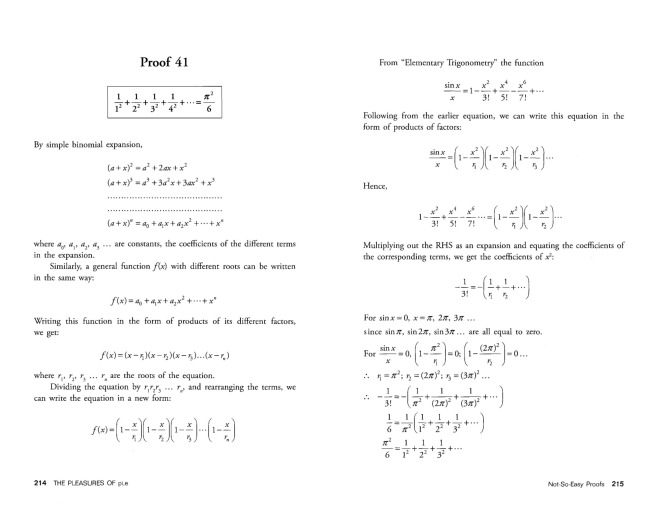

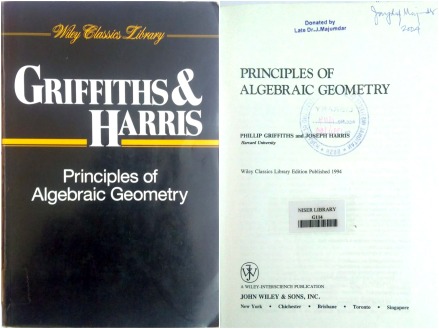
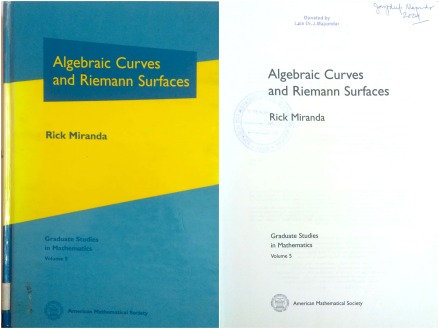

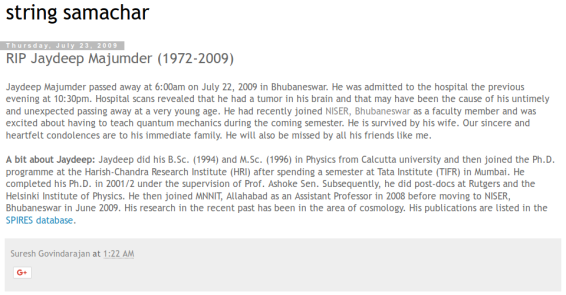

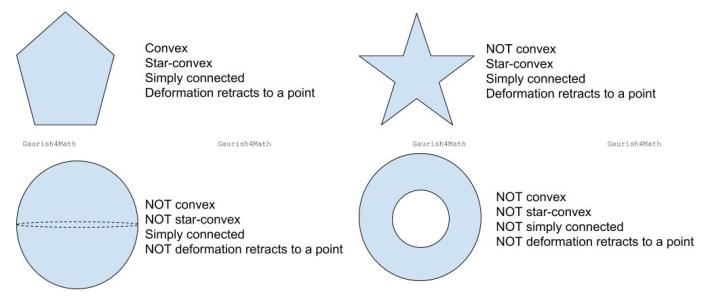
You must be logged in to post a comment.